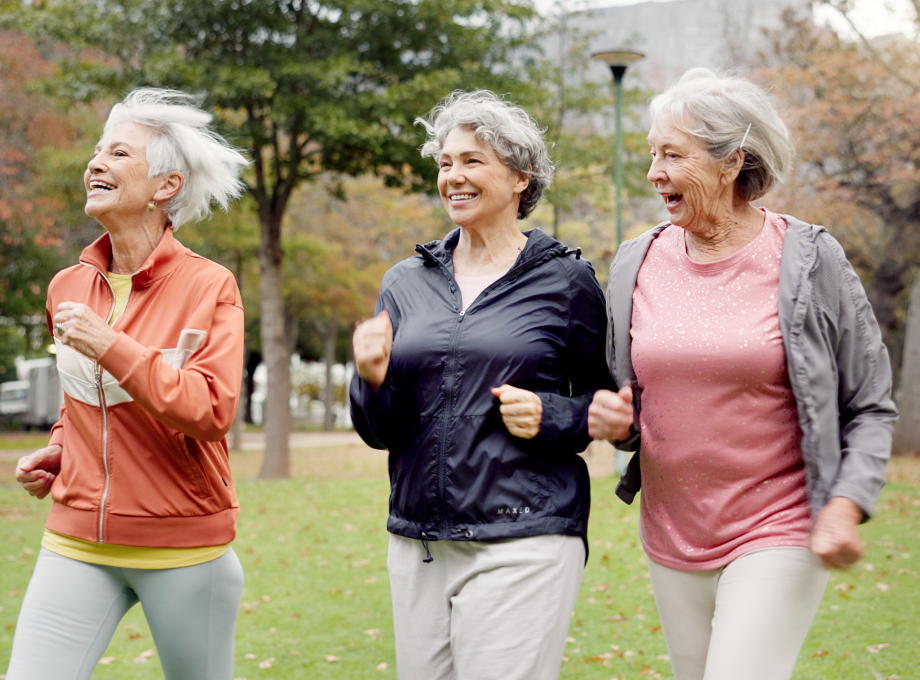
Research: Validating NuStep Effectiveness
Because our product design and functionality is scientifically based, research plays an integral role in validating the effectiveness of the NuStep recumbent cross trainer for a wide range of users.
This section provides a snapshot of medical, physiological, and other research that has tested the use and efficacy of NuStep recumbent cross trainers for a variety of populations and conditions.




